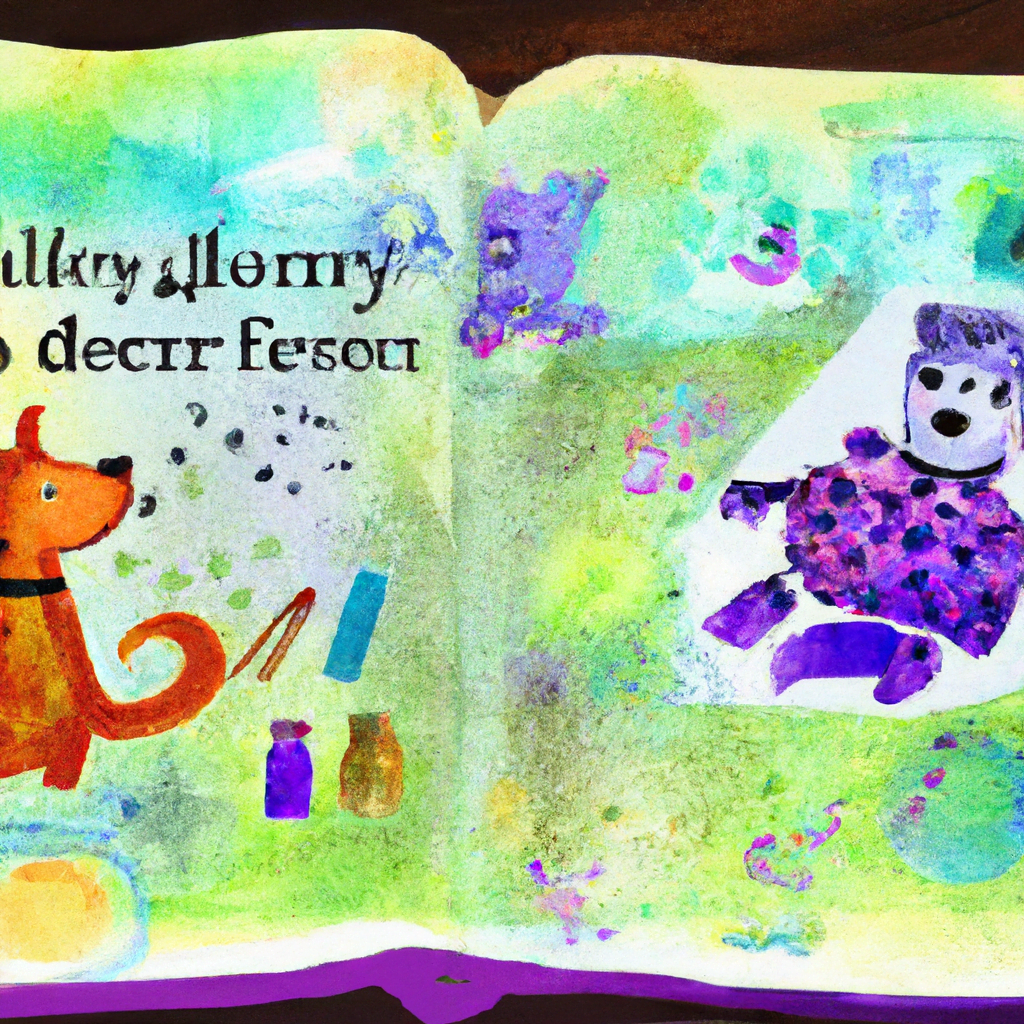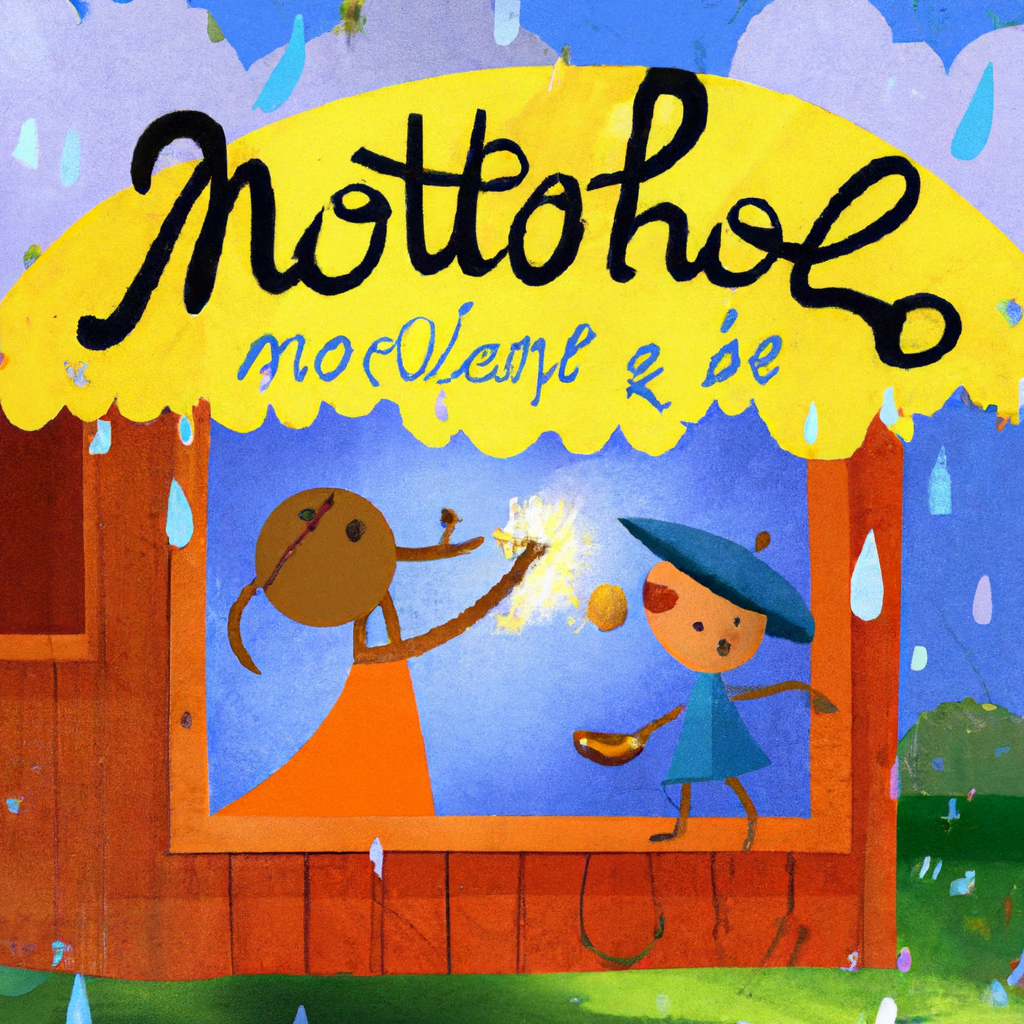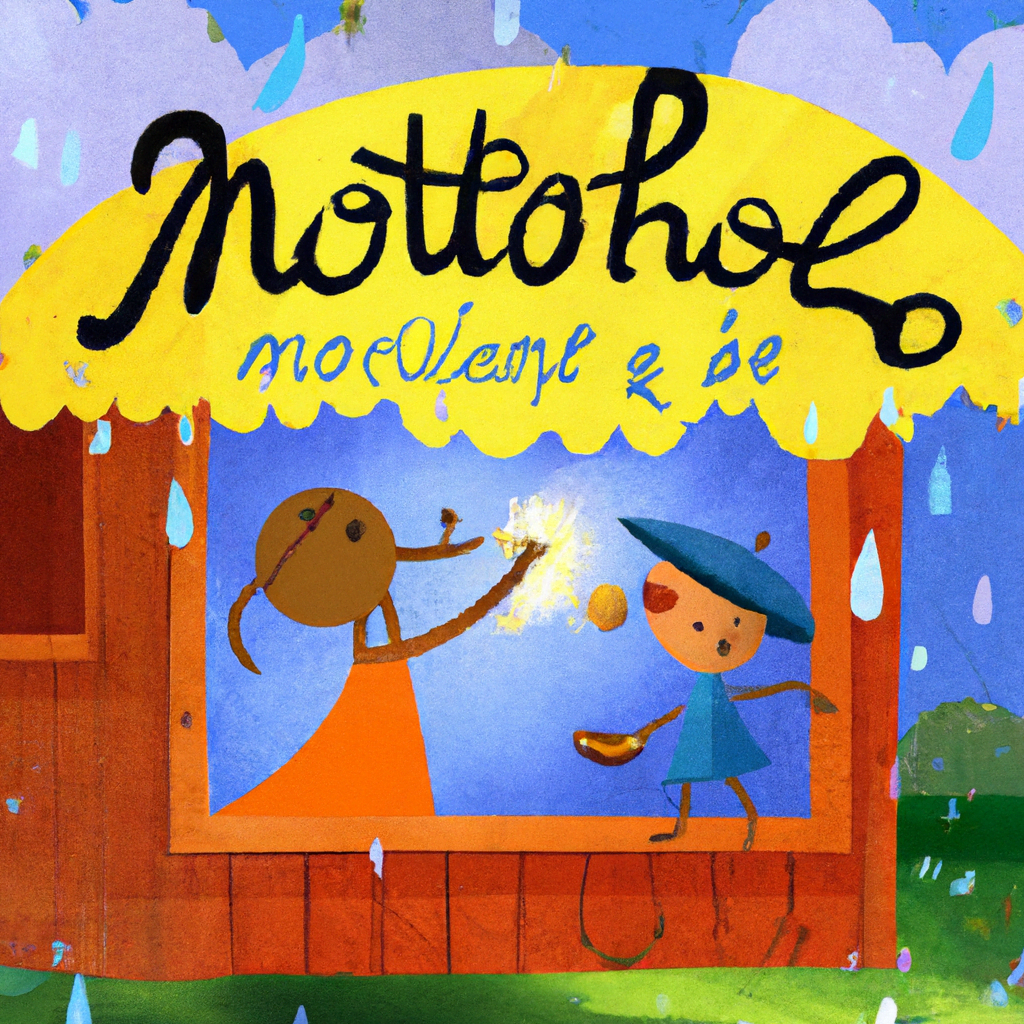Children’s Book Illustration: Tips And Techniques is a fascinating exploration into the world of drawing for illustration. This specialized field goes beyond basic sketching to bring stories, concepts, and ideas to life through detailed and meaningful illustrations. From understanding light and shadow to the role of color theory in creating mood and emotion, this domain covers a wide range of topics. Whether it’s for a comic book, an advertisement, or a novel cover, the goal is to engage and resonate with the audience. With the evolution of technology, this niche also explores the transition from traditional mediums to digital platforms. Continuous learning, cultural and historical contexts, and ever-evolving trends all play a significant role in this captivating art form. Dive into the world of children’s book illustration and discover tips and techniques to enhance your artistic journey.

The Basics of Children’s Book Illustration
Children’s book illustration is a unique and rewarding art form that involves bringing stories to life through visual imagery. Understanding the target audience is crucial in creating illustrations that resonate with children. Consider their age, interests, and reading level when deciding on the style and complexity of your illustrations.
Choosing the right style for the story is an important decision. The style should complement the tone and themes of the book. For example, a whimsical and colorful style may be suitable for a lighthearted children’s book, while a more realistic and detailed style may be appropriate for a story with a serious or educational message.
Creating relatable characters is essential in capturing the attention and imagination of young readers. Characters should be visually appealing, expressive, and diverse. Think about the personality traits and emotions of the characters and how they can be conveyed through their appearance and body language.
Building a visual narrative involves creating illustrations that tell a story and evoke emotions. Consider the sequence and pacing of the illustrations to ensure they flow smoothly and enhance the storytelling experience. Use composition, perspective, and other visual techniques to guide the reader’s eye and create a sense of movement and depth.
Materials and Tools for Children’s Book Illustration
When it comes to children’s book illustration, artists have a wide range of materials and tools to choose from. Traditional mediums such as pencils, paints, and markers allow for a hands-on and tactile approach. These mediums offer a sense of texture and depth that can bring illustrations to life.
Digital tools and software have become increasingly popular in children’s book illustration. Digital illustration provides artists with the ability to easily make changes and experiment with different styles and techniques. It also offers a wide range of brushes, textures, and effects that can enhance the final artwork.
Combining traditional and digital techniques is a great way to take advantage of the best of both worlds. Artists can start with traditional sketches and then digitize them for further refinement and colorization. This combination allows for flexibility and experimentation while maintaining the organic feel of traditional mediums.
Developing a Unique Illustration Style for Children’s Books
Exploring different styles and inspirations is a key step in developing a unique illustration style. Take the time to study the work of other illustrators, both within and outside the children’s book genre. Look for inspiration in different art forms such as painting, photography, and animation.
Finding your own artistic voice is crucial in creating a distinct style. Experiment with different techniques, mediums, and subject matters to discover what resonates with you personally. Your unique perspective and experiences will shine through in your illustrations, making them stand out from the crowd.
Balancing consistency and versatility is important in children’s book illustration. While it’s essential to develop a recognizable style, it’s also important to adapt to different stories and themes. Strive for consistency in the overall look and feel of your illustrations, while also considering how to bring variety and freshness to each project.

Composition and Layout in Children’s Book Illustration
Creating visually appealing compositions is key in children’s book illustration. Consider the placement and arrangement of elements within each illustration to create balance and harmony. Pay attention to the rule of thirds, which divides the composition into a grid, with important elements placed along the grid lines or intersections.
Understanding the rule of thirds can help create more dynamic and visually interesting compositions. Experiment with different perspectives and angles to add depth and intrigue to your illustrations. By varying the viewpoint, you can bring a sense of movement and perspective to your artwork.
Designing effective page spreads is essential in children’s book illustration. Each spread should work as a cohesive unit, with illustrations that complement and enhance the text. Think about how the illustrations flow from one page to the next, creating a seamless visual narrative.
Color Theory and Mood in Children’s Book Illustration
Choosing the right color palette for the story is crucial in creating a mood and atmosphere in children’s book illustration. Consider the emotional tone of the text and use color to amplify those emotions. Bright, vibrant colors may be used for happy and energetic scenes, while muted or cool tones can evoke a sense of calm or sadness.
Using color to convey emotions and atmosphere is a powerful tool in children’s book illustration. Warm colors such as red and orange can evoke excitement and warmth, while cool colors like blue and green can create a sense of calm or mystery. Experiment with different color combinations to find the perfect palette for each illustration.
Creating contrast and harmony in your illustrations is important to make them visually appealing. Use contrasting colors to make certain elements pop and draw the reader’s attention. At the same time, ensure that the colors work harmoniously together to create a cohesive and cohesive overall look.
Understanding color symbolism is another aspect of color theory that can enhance the storytelling in children’s book illustration. Different colors have different associations and can convey meanings and emotions. For example, red can symbolize love or danger, while blue can represent calm or sadness. Consider the symbolic meanings of colors when making choices for your illustrations.
Character Design and Expression in Children’s Book Illustration
Building memorable and expressive characters is crucial in children’s book illustration. Characters are the heart of the story, and their design should capture the readers’ attention and imagination. Think about their personality traits, interests, and role in the story when designing their appearance.
Exploring different facial expressions and body language is important in conveying the emotions of your characters. Experiment with different poses, gestures, and facial expressions to bring your characters to life. Consider how these elements can enhance the story and communicate the intended emotions to young readers.
Conveying emotions through gestures and postures is another powerful tool in children’s book illustration. Think about how a character’s body language can reveal their personality, mood, and intentions. Use exaggerated or subtle movements to convey emotions and create a connection between the character and the reader.
Creating dynamic and diverse characters is important in reflecting the real world and promoting inclusivity. Children’s books should showcase a range of gender, racial, and cultural diversity. Consider how different characteristics and backgrounds can be represented in your characters while avoiding stereotypes.
Backgrounds and Settings in Children’s Book Illustration
Creating detailed and immersive environments is crucial in children’s book illustration. The settings provide context and enhance the storytelling experience. Pay attention to the small details that can bring a scene to life, such as textures, patterns, and lighting.
Using perspective to enhance depth and dimension is important in creating realistic and engaging backgrounds. Experiment with different perspectives, such as bird’s eye view or worm’s eye view, to add visual interest to your illustrations. This can create a sense of space and perspective that draws the reader into the world of the story.
Designing natural and fantastical settings is a key aspect of children’s book illustration. Whether the story takes place in a realistic or imaginary world, the settings should be visually captivating. Consider how the settings can enhance the mood and atmosphere of the story, and use details and elements that are relevant to the narrative.
Creating Visual Interest and Engagement in Children’s Book Illustrations
Adding texture and detail to illustrations can make them visually captivating and engaging for young readers. Experiment with different techniques, such as cross-hatching, stippling, or adding texture digitally, to add depth and dimension to your illustrations. This can create a tactile and immersive experience for the reader.
Using visual storytelling techniques is crucial in children’s book illustration. Each illustration should contribute to the overall narrative and invite the reader to explore and discover. Consider how the illustrations can convey additional information or subtle details that enrich the reading experience.
Incorporating interactive elements can bring an additional layer of engagement to children’s book illustrations. Think about how the reader can interact with the illustrations, whether it’s through lift-the-flaps, pop-ups, or hidden details. These interactive elements can enhance the sense of discovery and make the reading experience more interactive and memorable.
Designing captivating covers is important in attracting young readers and enticing them to pick up the book. The cover should give a glimpse into the world of the story and capture its essence. Consider how the cover can convey the mood, characters, and themes of the book in a visually appealing and intriguing way.
Collaborating with Authors and Publishers for Children’s Book Illustration
Understanding the author’s vision is crucial in children’s book illustration. Take the time to discuss the story, the characters, and the intended audience with the author. This collaboration will ensure that your illustrations align with the author’s vision and the overall message of the book.
Communicating effectively with authors and editors is important in achieving a successful collaboration. Regularly update them on your progress, share sketches and concepts, and gather feedback along the way. Be open to constructive criticism and make adjustments as necessary to meet the expectations of the author and publisher.
Navigating feedback and revisions is a normal part of the illustration process. Take the feedback you receive and use it to improve your illustrations. Be open to making revisions and adjustments based on the input of the author and publisher. Remember that the goal is to create a book that resonates with the target audience and effectively tells the story.
Trends and Innovations in Children’s Book Illustration
Exploring trends in illustration styles and techniques can inspire new ideas and approaches in children’s book illustration. Keep an eye on the work of other illustrators, attend art exhibitions, and stay up-to-date with industry publications to stay informed about the latest trends. However, also make sure to bring your own unique voice and style to your illustrations.
Embracing technological advancements in illustration is an important aspect of staying relevant in the field. As digital platforms and tools continue to evolve, explore how you can incorporate them into your workflow. Experiment with digital brushes, textures, and effects to expand your creative possibilities.
Navigating the digital publishing landscape is another consideration for children’s book illustrators. With the rise of e-books and digital reading platforms, understanding the technical requirements and limitations of digital publishing is essential. Familiarize yourself with the specific guidelines and formats for digital illustrations to ensure a smooth and successful transition from traditional to digital mediums.
In conclusion, children’s book illustration is a rich and diverse art form that requires a range of skills and techniques. Understanding the target audience, choosing the right style, creating relatable characters, and building a visual narrative are essential components of successful children’s book illustrations. By exploring different styles, developing a unique artistic voice, and mastering composition, color theory, and character design, illustrators can create visually engaging and emotionally resonant illustrations. Collaboration with authors and publishers, staying informed about trends and innovations, and embracing technological advancements are also crucial in navigating the ever-evolving world of children’s book illustration. So grab your pencils, paints, or digital tools, and start bringing stories to life through your illustrations!

